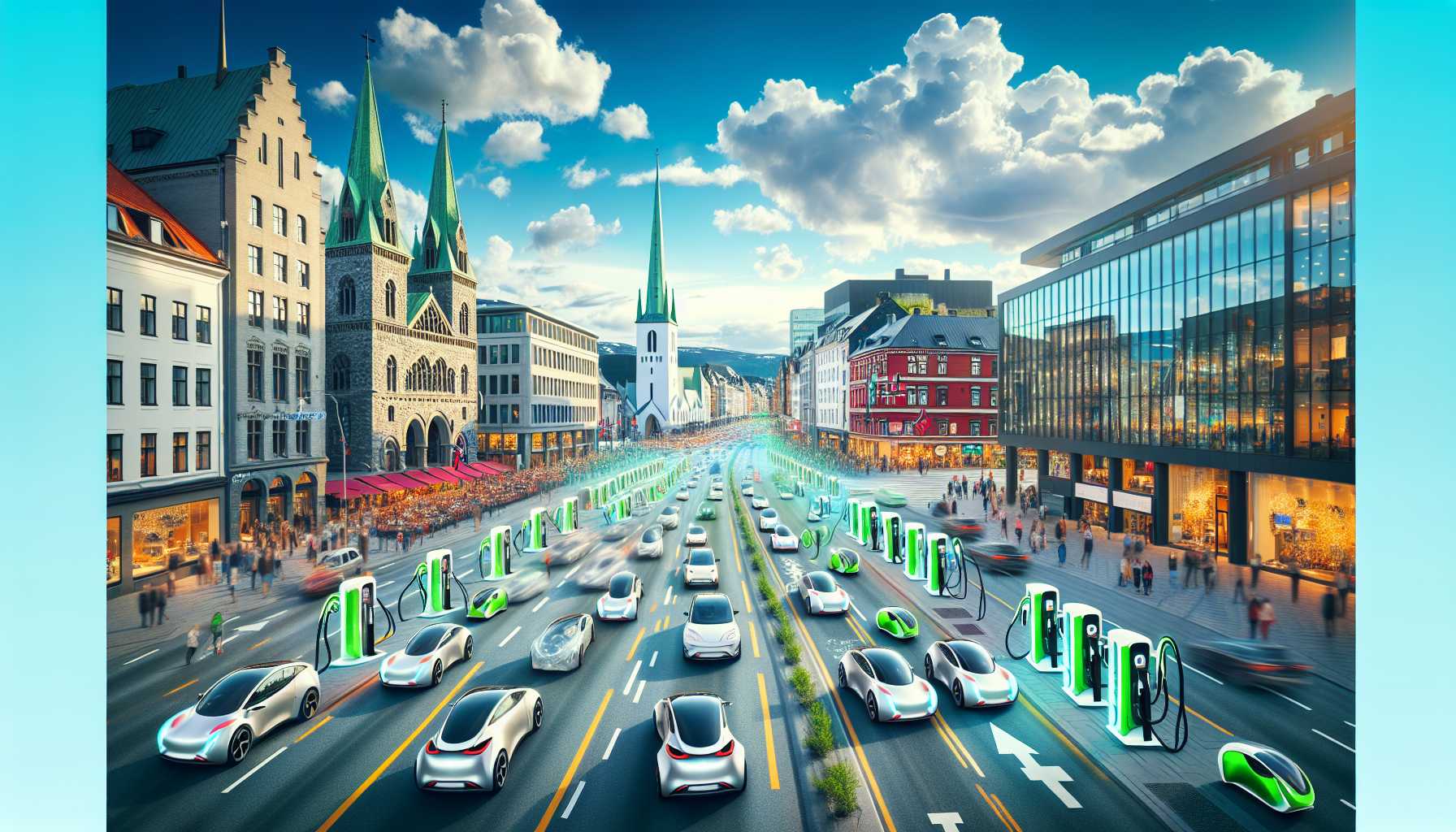Norway’s Urban Electric Vehicle Dominance: A Market Share Analysis
**
Norway has emerged as a global leader in electric vehicle (EV) adoption, particularly in urban areas. This blog post delves into the market share of EVs versus gasoline vehicles in Norway’s cities, providing insights into this remarkable shift towards sustainable transportation.
#
EV Market Share on the Rise
As of 2023, **electric vehicles hold a staggering 86.2% market share in Norway’s urban areas**. This translates to a remarkable 9 out of 10 new car registrations being electric. This dominance is driven by several factors, including government incentives, robust charging infrastructure, and increasing consumer awareness of environmental concerns.
**Here’s a table illustrating the stark contrast between EV and gasoline vehicle market share in Norway’s urban areas:**
| Vehicle Type | Market Share |
|—|—|
| Electric Vehicles | 86.2% |
| Gasoline Vehicles | 13.8% |
#
Factors Contributing to EV Dominance
Several key factors have contributed to Norway’s remarkable EV market share:
* **Government Incentives:** The Norwegian government offers generous incentives for EV purchases, including tax exemptions, reduced road tolls, and free public parking. These incentives significantly reduce the overall cost of owning an EV, making them a more attractive option for consumers.
* **Charging Infrastructure:** Norway boasts a well-developed charging infrastructure, with over 20,000 charging stations nationwide. This extensive network ensures convenient charging for EV owners, addressing range anxiety concerns.
* **Consumer Awareness:** Norwegians are highly environmentally conscious, and the increasing awareness of the benefits of EVs has fueled their popularity. Consumers recognize the positive impact of EVs on reducing emissions and promoting sustainable transportation.
#
The Future of Urban Mobility in Norway
With its current trajectory, Norway is poised to achieve its ambitious goal of becoming a fossil-fuel-free society by 2025. The dominance of EVs in urban areas is a testament to the country’s commitment to sustainable transportation. As EV technology continues to advance and infrastructure expands, we can expect even greater adoption in the years to come.
Conclusion
Norway’s urban areas serve as a shining example of how a concerted effort towards promoting sustainable transportation can lead to significant results. The country’s remarkable EV market share highlights the potential for widespread adoption and paves the way for a cleaner future for urban mobility.
